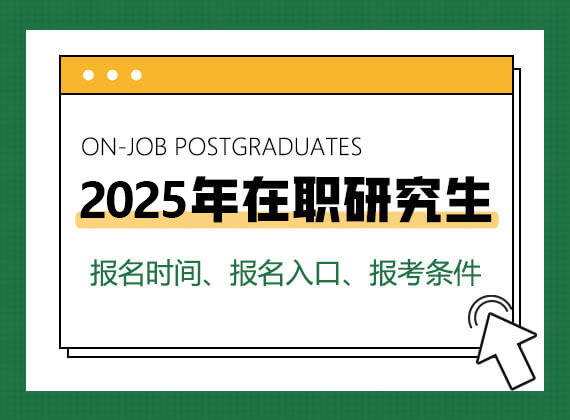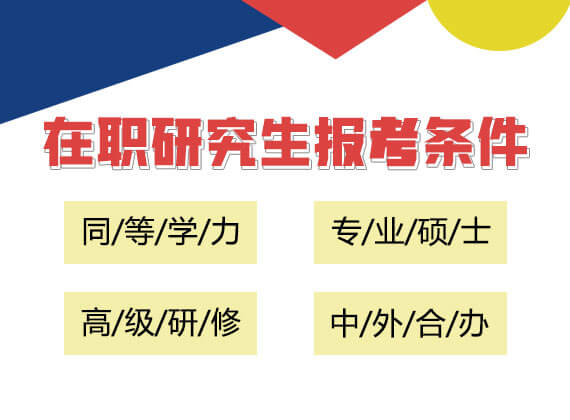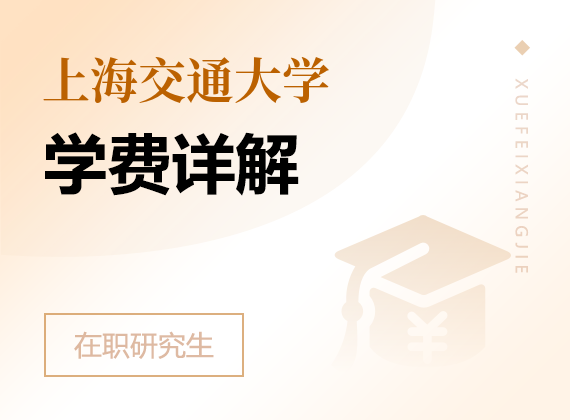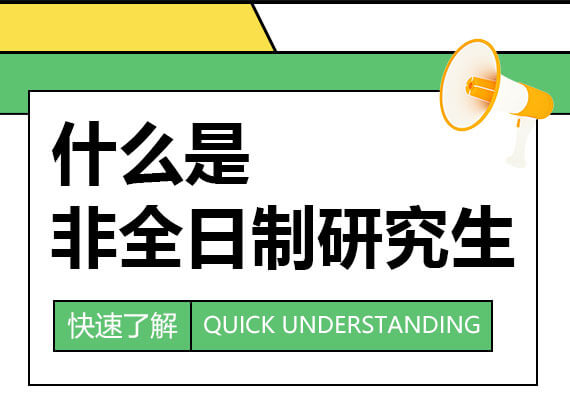2016年同等学力申硕英语阅读理解模拟题
来源:在职研究生招生信息网 发布时间:2016-03-24 17:33:11
2016年同等学力申硕考试时间已经确定了,英语备考也必须要进行了。下面是中国在职研究生招生信息网老师为大家整理的同等学力英语阅读理解试题,希望对大家有所帮助。
Defenders of special protective labor legislation for women often maintain that eliminating such laws would destroy the fruits of a century-long struggle for the protection of women workers. Even a brief examination of the historic practice of courts and employers would show that the fruit of such laws has been bitter: they are, in practice, more of a curse than a blessing.
Sex-defined protective laws have often been based on stereotypical assumptions concerning women’s needs and abilities and employers have frequently used them as legal excuses for discriminating against women. After the Second World War, for example, businesses and government sought to persuade women to vacate jobs in factories, thus making room in the labor force for returning veterans. The revival or passage of state laws limiting the daily or weekly work hours of women conveniently accomplished this. Employers had only to declare that overtime hours were a necessary condition of employment or promotion in their factory, and women could be quite legally fired, refused jobs, or kept at low wage levels, all in the name of “protecting” their health. By validating such laws when they are challenged by lawsuits, the courts have colluded over the years in establishing different, less advantageous employment terms for women than for men, thus reducing women’s competitiveness on the job market. At the same time, even the most well-intentioned lawmakers, courts, and employers have often been blind to the real needs of women. The lawmakers and the courts continue to permit employers to offer employee health insurance plans that cover all known human medical disabilities except those relating to pregnancy and childbirth.
Finally, labor laws protecting only special groups are often ineffective at protecting the workers who are actually in the workplace. Some chemicals, for example, pose reproductive risks for women of childbearing years: manufacturers using the chemicals comply with laws protecting women against these hazards by refusing to hire them. Thus the sex-defined legislation protects the hypothetical female worker, but has no effect whatever on the safety of any actual employee. The health risks to male employees in such industries cannot be negligible, since chemicals toxic enough to cause birth defects in fetuses or sterility in women are presumably harmful to the human metabolism. Protective laws aimed at changing production materials or techniques in order to reduce such hazards would benefit all employees without discriminating against any.
In sum, protective labor laws for women are discriminatory and do not meet their intended purpose. Legislators should recognize that women are in the work force to stay and that their needs — good health care, a decent wage, and a safe workplace — are the needs of all workers. Laws that ignore these facts violate women’s rights for equal protection in employment.
1. According to the author, which of the following resulted from the passage or revival of state laws limiting the work hours of women workers?
[A] Women workers were compelled to leave their jobs in factories.
[B] Many employers had difficulty in providing jobs for returning veterans.
[C] Many employers found it hard to attract women workers.
[D] The health of most women factory workers improved.
2. The author places the word “protecting” in quotation marks in line 9, paragraph 2 most likely in order to suggest that
[A] she is quoting the actual wording of the laws in question.
[B] the protective nature of the laws in question should not be overlooked.
[C] protecting the health of workers is important to those who support protective labor laws.
[D] the laws in question were really used to the detriment of women workers, despite being overtly protective in intent.
3. The text suggests that which of the following is a shortcoming of protective labor laws that single out a particular group of workers for protection?
[A] Such laws are often too weak to be effective at protecting the group in question.
[B] Such laws are usually drafted by legislators who do not have the best interests of workers at heart.
[C] Such laws exert no pressure on employers to eliminate hazards in the workplace.
[D] Compliance with such laws is often costly for employers and provokes lawsuits by employees claiming discrimination.
4. According to the first paragraph of the text, the author considers which of the following to be most helpful in determining the value of special protective labor legislation for women?
[A] A comparative study of patterns of work-related illnesses in states that had such laws and in states that did not.
[B] An estimate of how many women workers are in favor of such laws.
[C] An analysis of the cost to employers of complying with such laws.
[D] A study of the actual effects that such laws have had in the past on women workers.
5. The author implies that which of the following is characteristic of many employee health insurance plans?
[A] They cover all the common medical conditions affecting men, but only some of those affecting women.
[B] They lack the special provisions for women workers that proposed special labor laws for women would provide.
[C] They pay the medical costs associated with pregnancy and childbirth only for the spouses of male employees, not for female employees.
[D] They meet minimum legal requirements, but do not adequately safeguard the health of either male or female employees.
参考答案:ADCDA
上一篇: 在职博士英语单词复习的三个技巧推荐
下一篇: 一月联考管理类综合数学复习方式





















